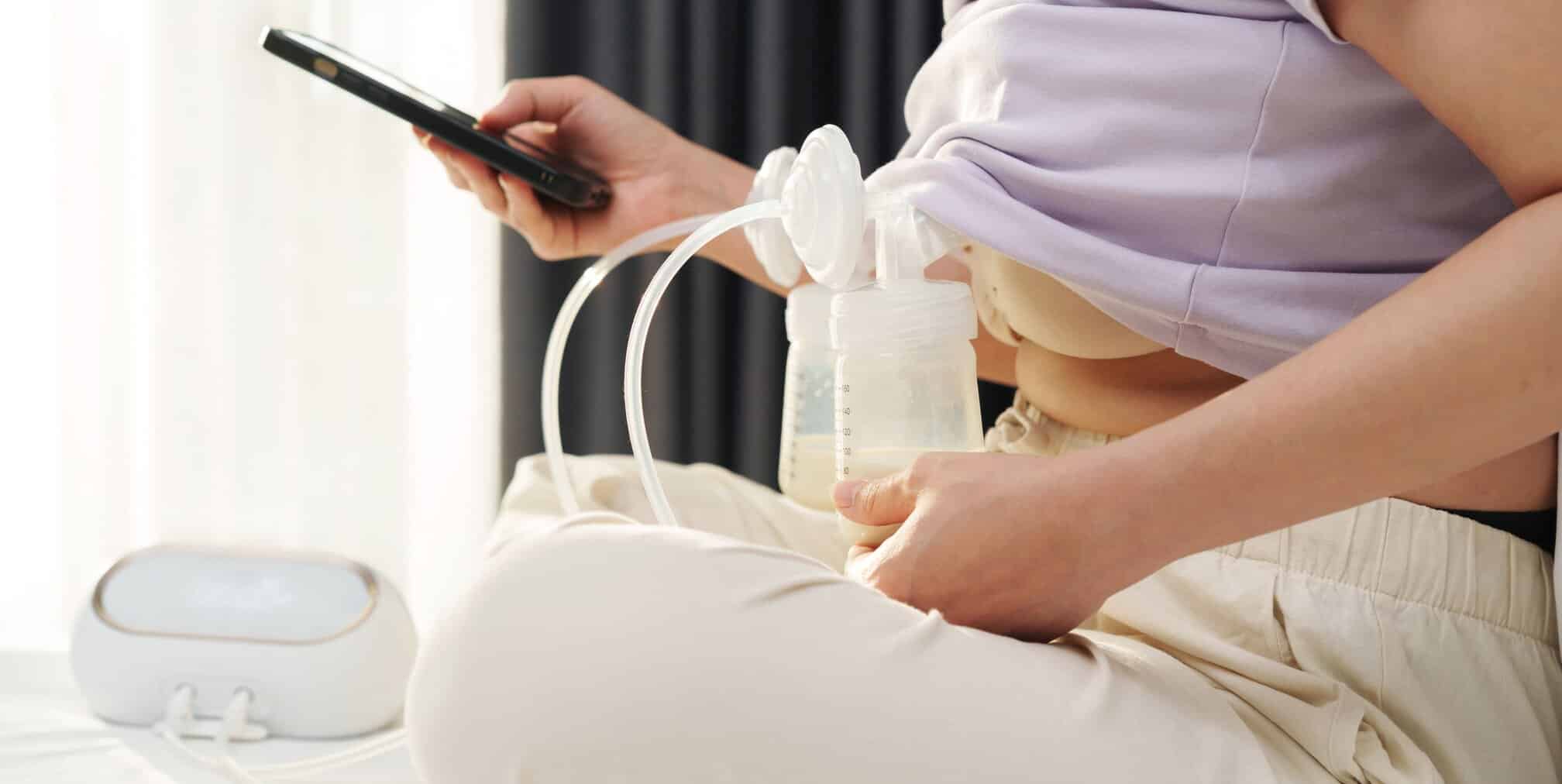
Back to Work while Breastfeeding: A Guide for Working Mothers
For millennia support systems allowed mothers to hunt, gather, and contribute to the community while their children were cared for by others. This evolutionary perspective underscores the inherent need mothers have to provide for their families. Going back to work is not just something you are doing for yourself, it’s a deep instinct to create a better life for your children. You have a lot to be proud of! Here is your comprehensive guide to going back to work while breastfeeding.

